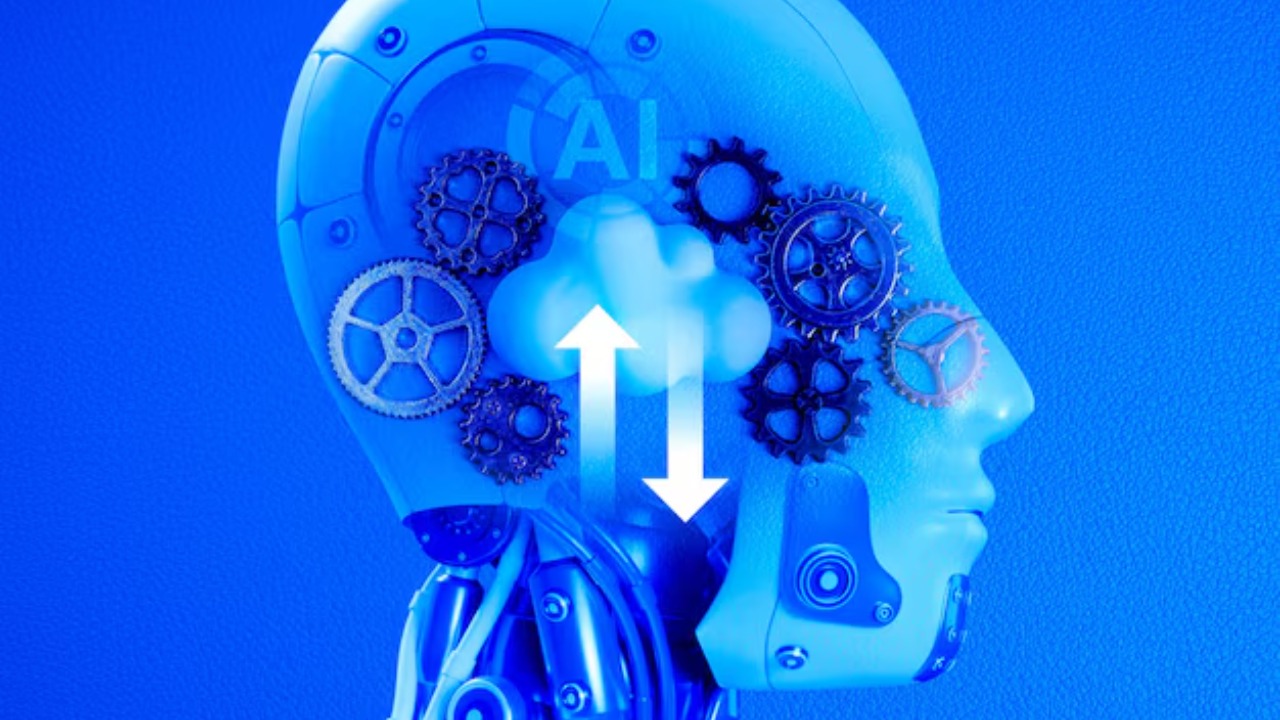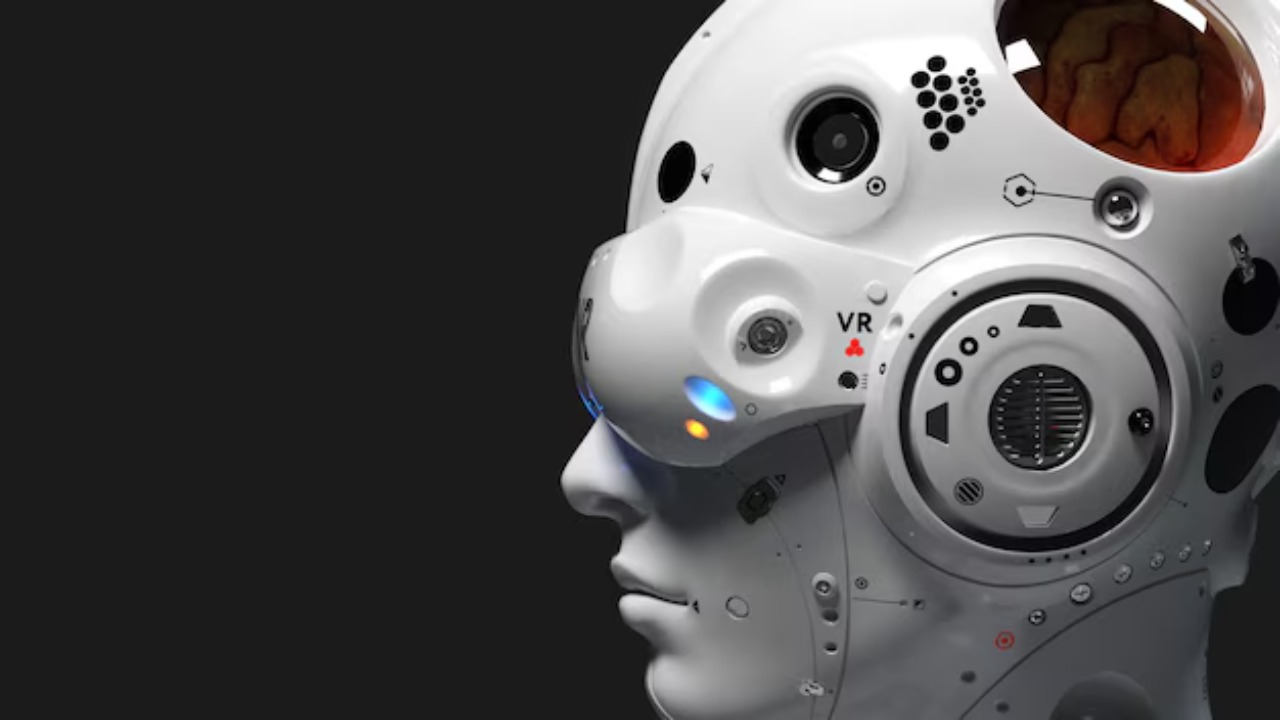
In recent years, the concept of AI systems learning to build their own AI models has shifted from science fiction to reality. This transformative capability is reshaping industries and advancing technological frontiers by creating more efficient, autonomous, and innovative solutions. The mechanisms, implications, and future prospects of AI systems that can independently construct their own counterparts are pivotal to understanding this evolution.
The Evolution of AI Autonomy

The journey of AI autonomy can be traced back to the early days of machine learning, when researchers were primarily focused on developing algorithms that could learn from data and improve over time. This foundational work set the stage for the development of more advanced AI systems capable of self-improvement and even self-replication. Early milestones, such as the advent of deep learning and reinforcement learning, played a crucial role in this evolution, enabling AI to perform complex tasks with greater efficiency and accuracy.
Today, cutting-edge technologies are pushing the boundaries of what AI can achieve. Leading tech companies are at the forefront of this revolution, developing systems that can autonomously construct their own AI models. These advancements are powered by deep generative models and sophisticated algorithms that allow AI to design and refine its own architecture. Key algorithms, including reinforcement learning and neural architecture search, are central to this process, enabling AI to optimize its own performance in real-time.
Mechanisms Behind AI Building AI

One of the core technologies driving AI’s ability to build its own models is Automated Machine Learning (AutoML). AutoML frameworks streamline the process of model selection and hyperparameter tuning, allowing AI systems to automatically identify the most suitable models for specific tasks. This capability significantly reduces the time and effort required for model development, making it accessible to a broader range of users.
Another crucial mechanism is Neural Architecture Search (NAS), a method that empowers AI to discover optimal neural network architectures. By automating the design of neural networks, NAS enables AI systems to explore a vast space of potential architectures and select the most effective ones for a given task. Additionally, generative models play a significant role in creating innovative model designs, enhancing existing algorithms, and pushing the boundaries of AI capabilities.
Benefits of AI-Driven AI Development

The rise of AI-driven AI development has several notable benefits. One of the most significant advantages is the increase in efficiency and speed. By automating various aspects of the AI development process, AI systems can dramatically reduce the time and resources needed to create and deploy new models. This acceleration not only enhances productivity but also allows organizations to respond more quickly to changing market demands.
Another key benefit is the ability of AI systems to customize and adapt to specific needs. Through iterative design and continuous improvement, AI-driven AI development enables the creation of models that are highly tailored to particular applications. This adaptability fosters innovation and discovery, resulting in novel solutions and breakthroughs that were previously unattainable. For more on how AI is transforming industries, explore the insights from MIT Sloan.
Challenges and Ethical Considerations

Despite the advantages, AI-driven AI development also presents several challenges and ethical considerations. One of the primary concerns is accountability and transparency. The “black box” nature of AI systems can make it difficult to understand how decisions are made, raising questions about the transparency and trustworthiness of AI-generated models. Ensuring that these systems are accountable and transparent is crucial for gaining public trust and avoiding unintended consequences.
Bias and fairness are also major issues in AI development. There is a risk that AI systems may perpetuate or amplify biases present in training data and models, leading to unfair or discriminatory outcomes. Addressing these biases requires a careful examination of the data and algorithms used in AI development. Additionally, ensuring human oversight and control over autonomously generated AI systems is essential to prevent potential risks and ensure that these technologies are used responsibly.
Future Prospects and Implications

The potential impact of AI systems that design AI on various sectors is significant. Industries such as healthcare, finance, and manufacturing stand to benefit from the enhanced capabilities and efficiencies offered by AI-driven AI development. These systems can optimize processes, reduce costs, and improve outcomes, paving the way for new innovations and solutions across different fields.
Moreover, the rise of AI-driven AI development is likely to redefine the roles of human developers and engineers. As AI systems become more autonomous, the focus will shift towards human-AI collaboration, where humans and machines work together to achieve common goals. The long-term implications of increasingly autonomous systems are still unfolding, but they hold the promise of transforming society in profound ways. For an in-depth exploration of these developments, consider this comprehensive resource.